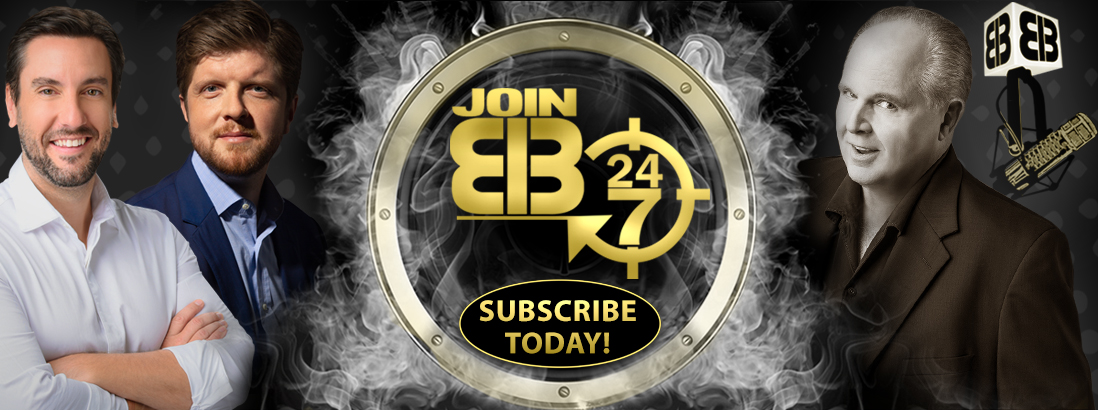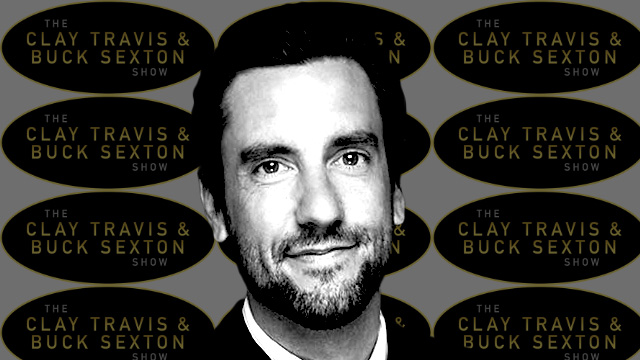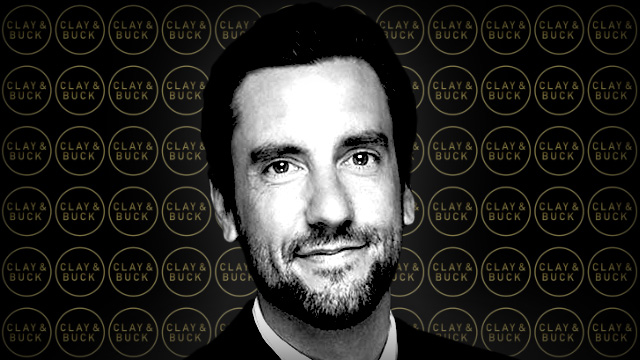The Richest Poor in History
13 Dec 2021
Archive [November 1998]
For decades, you’ve heard Democrat demagoguery (I know, I’m being redundant) about poverty in America. “More than 35 million Americans, one out of every seven of our fellow citizens, officially are poor,” bemoans Minnesota ultraliberal Sen. Paul Welfare — excuse me, Wellstone.
“More than one in five American children are poor,” Wellstone claims, using clichéd liberal rhetoric he could have lifted verbatim from the 60s, 70s and especially the 80s. “And the poor are getting poorer.”
He goes on: “In 1994, of the poor children under the age of six, nearly half lived in families with incomes below half the poverty line. That figure has doubled over the past 20 years. The number of people who work full-time and still are poor has risen dramatically as well. In 1975, 6 percent of young children who lived in families with at least one full-time worker were poor. By 1994, that figure had gone up to 15 percent…” Blah, blah, blah.
If you believed all this, you’d think there are Americans who’d be better off becoming citizens of Rwanda.
Here’s Connecticut Senator and former Democratic Party co-chair Chris Dodd: “A few short years ago, with a high school diploma, a set of good hands and a good heart, you could provide for your family, you could earn a good salary, a good wage, buy a home, educate your children, provide for their health needs. But today that is no longer the case.”
Hogwash. As we know, the Democratic Party is the party of lies — whether it’s about Monica Lewinsky or economics.
The truth is that being poor in America is a lot better than being rich in many other countries. Whenever I tackle this subject, I get hammered — but I can take it. I have the facts on my side.
We have allowed poverty to be defined by liberals — and their willing accomplices in the U.S. Census Bureau. Bad idea. Remember, this bunch has trouble with words like “is” and “alone.”
“For most Americans, the word ‘poverty’ means destitution, an inability to provide a family with nutritious food, adequate clothing, and reasonable shelter,” notes Robert Rector, Senior Policy Analyst in Welfare and Family Issues at the Heritage Foundation. “But only a small number of the 36.5 million persons classified as ‘poor’ by the Census Bureau fit such a description,” according to Rector, who has reported his most recent research in a brilliant Wall Street Journal article.
“In fact,” Rector adds, “numerous government reports indicate that most ‘poor’ Americans today are better housed, better fed, and own more personal property than average Americans throughout most of this century.”
The poorest fifth of Americans today spend as much as the average American spent in the early 1970s. As of 1995, over 40 percent of all so-called poor households owned their own homes. The average home owned by the “poor” has three bedrooms, one-and-a-half bathrooms, a garage, and a porch or a patio. More than three quarters of a million of those “poor” own homes valued at over $150,000. Nearly 200,000 “poor” people own homes worth over $300,000.

Oh, Rush, there you go again — you conservatives must be talking about poor homes with four or five families living together. No, only 7.5 percent of so-called poor households are overcrowded; almost 60 percent have two or more rooms per person. In fact, the average “poor” American has one-third more living space than the average Japanese citizen does, and four times as much living space as the average Russian.
The Housing Indicator Program conducted by the U.N. Center for Human Settlements surveyed housing conditions in major cities in 54 different countries. It turns out that the United States has — by far — the most spacious housing units, with 50 to 100 percent more square footage per capita than in other industrialized nations. (As if we all didn’t know.)
Some 70 percent of “poor” households own a car, and 27 percent own two or more cars. Those with color televisions number 97 percent. Nearly half of the “poor” own two or more televisions. Nearly three-quarters have a VCR and over a fifth own two VCRs.
Two-thirds of these poverty-stricken households have air conditioning. Compare that against 30 years ago, when only 36 percent of the entire U.S. population had air conditioning. Microwave ovens are owned by 64 percent of the so-called poor. Half of poor people have their own stereo system, and over a quarter have an automatic dishwasher.
How about nutrition? Despite what you’ve been told, there is not widespread hunger in America. Those classified as poor are more likely to be overweight than the middle class. In fact, almost half of poor adult women in America are overweight. And poor children actually eat more meat than higher-income children do, with average protein consumption 100 percent above recommended levels.
“Most poor children today are in fact super-nourished, growing up to be, on average, one inch taller and ten pounds heavier than the GIs who stormed the beaches of Normandy in World War II,” notes Rector. “Poor” teen boys today at ages 18 and 19 are actually taller and heavier than their counterparts in the general U.S. population were in the late 1950s.
The problem is that the liberal Census Bureau under-represents the income of these households. Other government surveys show that these same households are spending more money than the Census Bureau reports they are taking in.
During President Lyndon Johnson’s “War on Poverty” (which, by design, poverty won) income thresholds were established — set artificially high to exaggerate the numbers of the poor and build public support for LBJ’s welfare policies. A family is deemed officially poor if its cash income falls below a certain specified threshold (roughly $3,100 in 1963 for a family of four and reaching $16,404 in 1997). But the Census Bureau considers only current income and ignores all assets accumulated in prior years. So an entrepreneur, say, with a negative net income for the year is labeled as poor — even if he has a million dollars in the bank.
Rector compared the Census Bureau’s income figures against the U.S. Department of Commerce’s National Income and Product Accounts, where we get the data measuring gross national product. Commerce’s figures pegged the aggregate “personal income” of Americans at $6.8 trillion. But the Census Bureau’s official definition of income puts aggregate personal income at only $4.8 trillion. Oops.

“In other words, the Census missed $2 trillion in annual income, or roughly $20,000 for each U.S. household,” Rector notes. “The missing $2 trillion of personal income exceeds the entire economies of most of the world’s nations. Much of the missing income belongs to the middle class and the rich; but low-income families receive a large slice as well.”
For 1995, the Census Bureau claimed that the poorest fifth of American households had an average income of $8,350. But in the same year, the Consumer Expenditure Survey of the U.S. Department of Labor showed that the average household, in that same poorest fifth, spent $14,607.
But there’s more. If you include public housing subsidies and health care subsidies provided through Medicaid, Medicare, and other government medical programs, the average household in the poorest fifth spends $20,335. So “poor” households spend $2.43 for every single dollar of “income” reported by the Census Bureau. How can this be?
Rector tells The Limbaugh Letter that the missing money — which amounts to the economies of Britain and Italy combined — is no accident. “The Census Bureau is a very left-wing bureaucracy,” according to Rector. “You can’t root them out and you can’t fire them. They’re still using survey techniques designed just after World War II that don’t work anymore — and they refuse to count food stamps and non-cash income.” Rector says Congress should redefine the way poverty is measured to more accurately reflect reality. (Hmmm. Maybe next year.)
In America, “the old maxim that ‘the rich get richer and the poor get poorer’ is simply untrue,” Rector states in the conclusion of his Heritage Foundation report. “Material conditions of lower-income Americans have improved dramatically over time. In fact, living conditions in the nation as a whole have improved so much that American society can no longer clearly remember what it meant to be poor or even middle class in earlier generations.”
I have often said that Americans, and especially baby boomers, have no idea what it’s like to have it tough. We have no idea what hard times are. We have no idea what real deprivation is. We have no idea what real poverty is. America is truly the land of plenty — even for those with blinders on.
There are far, far, far fewer poor than liberal demagogues (but I repeat myself) like Paul Welfare would have you believe. And for those who truly are poor, the answers are more reachable in America than anywhere else on earth, and at any other time in history. They are the same answers that have been true throughout our history: hard work, discipline, thrift, challenging yourself, getting off your rear end to better yourself, so you can do what’s best for your family. But you won’t find those words in any government poverty study done by the Census Bureau.
Rector says: “The principal effect of the War on Poverty has been not to raise incomes, but to displace self-sufficiency with dependence … Despite spending $7 trillion, the War on Poverty — by eroding the work ethic and marriage — has failed … Government became caught in a trap: The more aid that it gave, the more persons in apparent need of its aid emerged … By ignoring values and undermining the norms of work, self-control, and marital stability, the War on Poverty has harmed those whom it intended to help.” Dependency on federal largesse hasn’t taken the poor out of poverty; it’s kept them there.
The Republican Congress’ welfare reform in 1996 has broken this mold, but the Census Bureau continues to live in the failed liberal past, believing that poverty causes all the ills of society — and that an injection of federal dollars can cure them.
Now you know better.
Recent Stories

De Blasio Imposes Vaccine Passport Mandate In NYC test
This is an excerpt that Jaime updated. ffffffffffff

Buck Draws Heat For Speaking Truth About Simone Biles
I just wanted to establish what the current president was saying back on ABC News in March to George Stephanopoulos about his feelings on Governor Cuomo.






